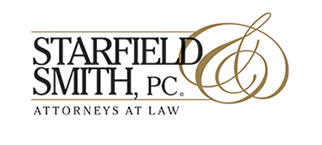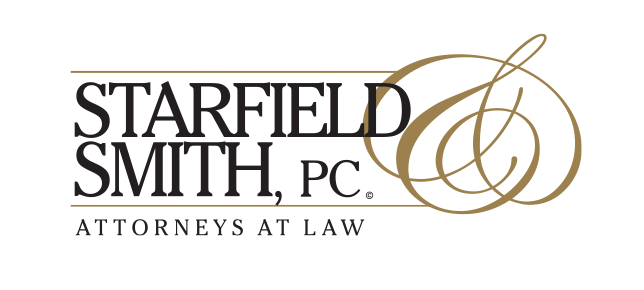Earlier this year the SBA Office of Credit Risk Management (“OCRM”) assumed responsibility for and rolled out a new pilot process for submission of Lender Service Provider Agreements (“LSPAs”) in hopes of streamlining the process for Lenders and Lender Service Providers (“LSPs”) to obtain SBA approval of their LSPA as required in SOP 50 10 7.1.
LSPs are defined in SOP 50 10 7.1 as, “an Agent who carries out Lender functions in originating, disbursing, servicing, or liquidating a specific SBA business loan or loan portfolio for compensation from the Lender.” A Lender may use an LSP to assist the Lender with one or more SBA loan processing, servicing and liquidation functions but must remain responsible for day-to-day decision making and ability to perform all functions as an SBA lender on its own.
The new review process is closer to a self-certification by the LSP and Lender, with final approval granted by SBA. The LSPA submission package should include the following: the LSPA Cover Letter, the LSPA Checklist, the Risk Management Certification, and fully executed copies of the final LSPA and any ancillary documents between the LSP and Lender.
The LSPA Cover Letter should be prepared on Lender’s letterhead and includes statements regarding the following: (i) the LSPA’s compliance with SBA loan program requirements, (ii) confirmation that a review of the LSP was conducted by the Lender (including financials, management and risk mitigation), (iii) certification that the roles of the parties are clearly defined in the LSPA, and (iv) covenants by the Lender to submit any changes to or termination of the LSPA to SBA.
The next document in the LSPA submission package is the LSPA Checklist. This document is a True/False checklist listing each of SBA’s regulatory requirements for an LSPA. If the LSPA is prepared in compliance with SBA regulations set forth in SOP 50 10 7.1, the parties should be able to mark “True” to each requirement and highlight the corresponding provision in the final executed LSPA. One exception is if the LSP will not be handling payments for the Lender the answer to 4.d. in the Checklist may be “Not Applicable.” The LSPA Checklist is signed by Lender, the LSPA, the Lender’s legal counsel, the LSP’s legal counsel, if any, and the Lender’s Vendor Management Officer. If the parties are able to mark “true” to each requirement and highlight the corresponding provision in the LSPA, then the OCRM’s review process will be more of a confirmation rather than full review, and approval of the LSPA should be expedited.
The LSPA submission package must also include an LSP Risk Management Certification. In this certification the Lender’s Vendor Management Officer confirms that the Lender is familiar with the Lender’s duties of oversight of its third-party vendors, including LSPs and loan agents. Some of the certifications made by the Lender’s Vendor Management Officer include that the Lender has a written policy for governing its relationship with the LSP and for oversight activities. For example, the Lender should have policies for evaluating the performance of loans processed by the LSPA or another loan agent, and a periodic independent review of the risk management processes and internal controls of the LSP.
The final document to be included in the LSPA submission package is the fully executed LSPA and all ancillary agreements between the LSP and Lender. The complete LSPA submission package should be submitted to SBA at LSPAgreements@sba.gov. Response time by OCRM has been anywhere between 48 hours to a few days. The new process requires more upfront preparation and significant substantive certifications by LSP and Lender to SBA, but overall, the submission process has been well received by the LSP and Lender communities and will hopefully become a permanent process for approval of LSPAs.
For more information regarding LSPAs and the OCRM approval process, please reach out to Kim Rayer at krayer@starfieldsmith.com.




Comments are closed.